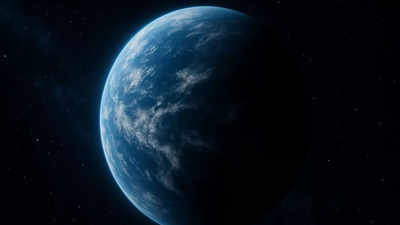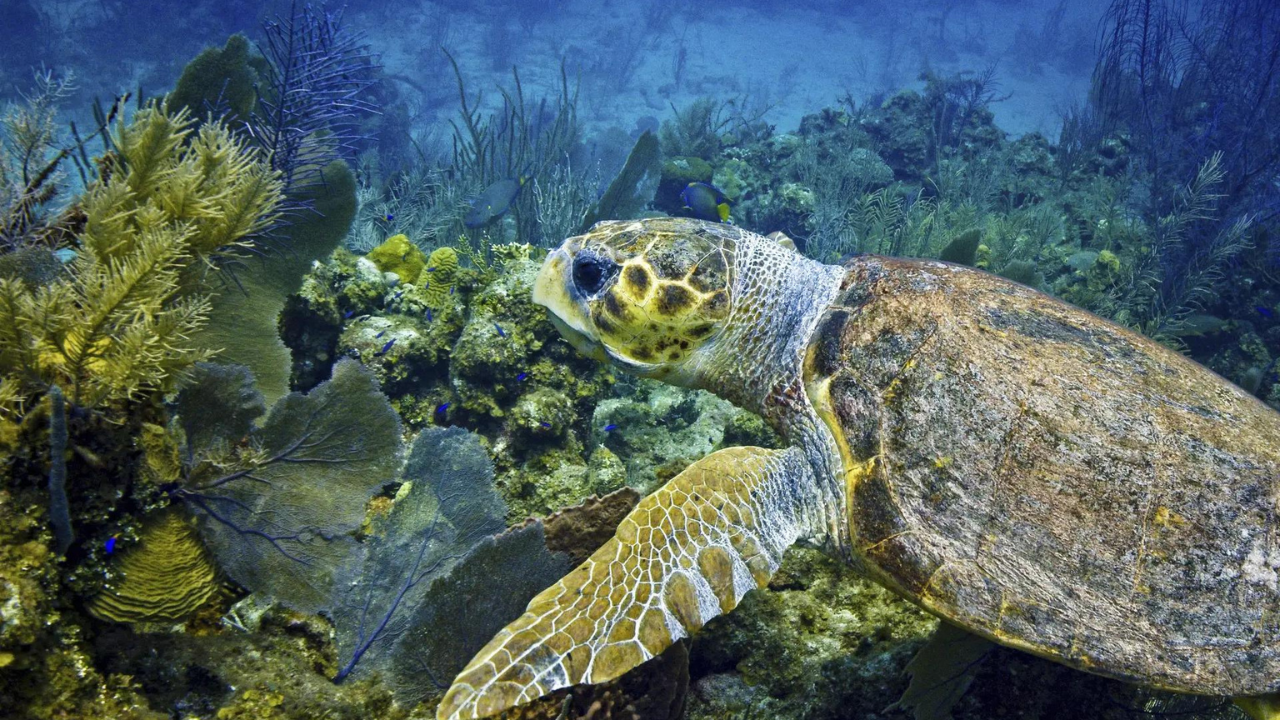
Astronomers from the
University of Cambridge
have uncovered promising signs that a planet orbiting a distant star could be home to life, reports BBC.
The planet,
K2-18b
, lies a staggering 700 trillion miles away, yet powerful observations from Nasa’s James Webb Space Telescope (JWST) are bringing it into scientific focus like never before.
The team, led by
Nikku Madhusudhan
, detected chemical traces in the atmosphere of K2-18b that, on Earth, are only made by simple life forms such as plankton and bacteria. Their study has now been published in The
Astrophysical Journal Letters
.
Possible signs of life
Using JWST, which can analyse starlight as it filters through a planet’s atmosphere, the researchers found what appears to be a chemical signature of two molecules: dimethyl sulphide (DMS) and dimethyl disulphide (DMDS). On Earth, these gases are only produced by marine microorganisms.
“The amount we estimate of this gas in the atmosphere is thousands of times higher than what we have on Earth,” said Madhusudhan. “So, if the association with life is real, then this planet will be teeming with life.”
He added: “If we confirm that there is life on K2-18b, it should basically confirm that life is very common in the galaxy.”
99.7% chance
The detection currently stands at a “three sigma” confidence level—meaning there’s a 99.7% chance the signal is real. That may sound impressive, but to claim a proper scientific discovery, the result must reach “five sigma,” or 99.99994% certainty.
This is a major step up from the team's earlier result 18 months ago, which was only at one sigma.
Madhusudhan remains optimistic: “This is the strongest evidence yet there is possibly life out there. I can realistically say that we can confirm this signal within one to two years.”
Planet K2-18b
K2-18b is around 2.5 times the size of Earth and orbits a cool red star. Some scientists believe it may have a vast ocean of liquid water beneath its thick atmosphere, which would be ideal for life.
Others have different ideas. According to the study published in The Astrophysical Journal Letters, one theory says the missing ammonia in the atmosphere might have been absorbed by a huge ocean of water. But molten rock could also absorb ammonia, which would mean the planet may not support life at all.
Nicolas Wogan at Nasa’s Ames Research Center has offered another theory altogether, suggesting K2-18b might be a mini gas giant with no surface—an environment inhospitable to life.
'Alien world'
To strengthen their case, Madhusudhan's team is now working with other researchers to test whether the gases DMS and DMDS could also be produced through non-living processes. That’s because it's still difficult to say if such chemicals definitely mean life.
“On Earth it is produced by microorganisms in the ocean,” said Catherine Heymans, Scotland’s Astronomer Royal, “but even with perfect data we can't say for sure that this is of a biological origin on an alien world because loads of strange things happen in the Universe.”

 2 days ago
58
2 days ago
58



























 English (US)
English (US)